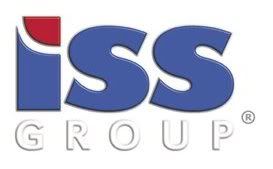Microsoft Shifts to Services -- What does it mean?
Microsoft Shifts to Services -- What does it mean?
Windows OS has defined Microsoft since its release several years ago, but it will be services, not software that Microsoft will look to for its future profitability and growth, according to several analysts. Microsoft, which recently celebrated its 30th anniversary, changed the computer industry with its Windows OS that now runs more than 90% of PCs in the business and personal market.
But that ubiquity itself poses a problem for Microsoft because it means that the company now must find a way to re-invent itself again. Even sitting on a large pile of cash doesn't solve the problem of what they will need to do in the future to maintain its profitability and success.
But the technology industry has changed a lot since 1975, and today it's much harder for any similar product to become as ubiquitious as Microsoft's OS. The days of the "killer application" that largely drove the PC industry is largely gone. The packaged software that helped Microsoft rise to such a position of prominence is perhaps on its way to becoming obsolete, giving way to subscription models for services that customers may look to in the future.
So we will all see Microsoft attempt to move away from "packaged software" model, and move to sell everything as a service. Microsoft wants to make sure that people pay Microsoft for any use of computers anywhere. And Microsoft's restructuring recently goes to prove this. One of the three primary devisions is services strategy, which will be run by former Lotus guru Ray Ozzie, who is now Microsoft Chief Technology Officer. Microsoft also mandated that enterprise customers must buy Software Assurance service along with the next version of Windows, Windows Vista. This is another in Microsoft's plans to drive customers to pay on a continueing basis for access to a network of software updates rather than a packaged product.
However, Microsoft has worked very hard to prove to customers that there is real value to staying on target for these upgrades by making sure that all of the Microsoft products can leverage each other to provide dramatic overall value for users, and much improved useability and functionality.
In the future, many users won't really have any idea where the application they are using is running, nor where the data that they use is stored. It could be local, on a corporate sever, or deployed over the Internet from a service provider. It will all be transparent, and all work together. Security, email, voice, spreadsheets, business applications, documentation, presentations, etc. will just "be there" for the user when they need it, and always with the latest release available, and all of the products working together.
Of course, the reality is that this model isn't exactly in place, but by looking around you can see all of the pieces falling into place, and Microsoft certainly is trying to roll that boulder downhill as fast as they can.


0 Comments:
Post a Comment
<< Home